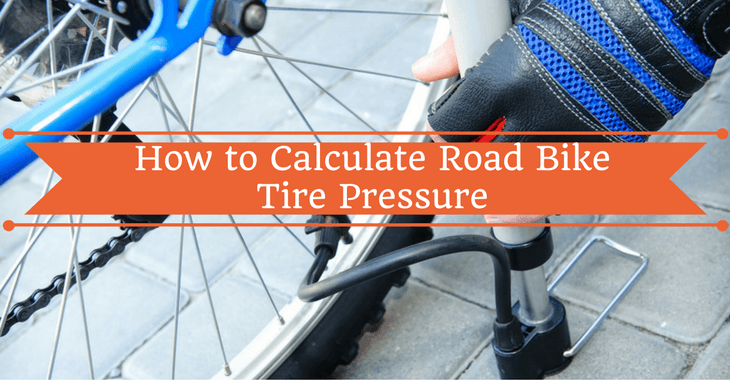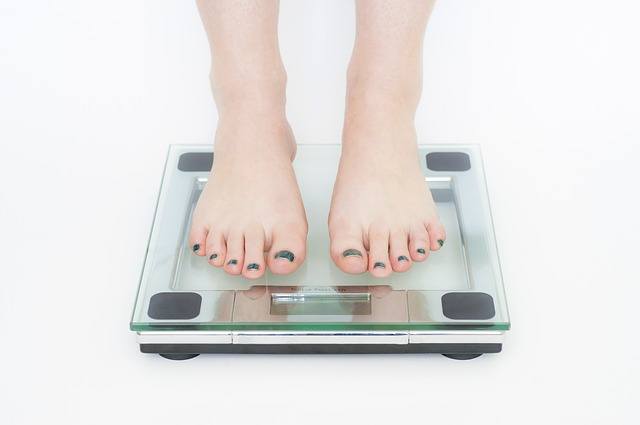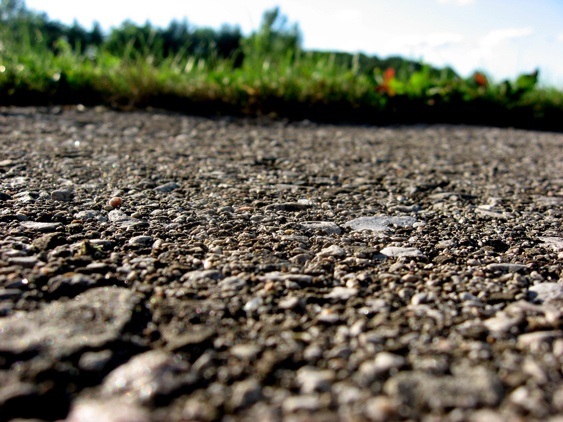- You are here:
- Home »
- Blog »
- How-To
- » How to Calculate Road Bike Tire Pressure

How to Calculate Road Bike Tire Pressure
Of all the questions bicyclists have, one that keeps all of them busy has been the properly inflated tires. How to calculate road bike tire pressure? This at times becomes really tricky to find out.
How to Calculate Road Bike Tire Pressure
The simple way is to see the manufacturer’s recommendations printed on the sidewall. The tire pressure is present in a small label most of the times, but sometimes it’s molded in the casing. So, you have to look closely. Have you found it? Good! It’s always satisfying to know the inflation range. But if the tire has a wider range, say 40 to 60 psi, you have to feel the right pressure yourself (ride it!).
To determine the right air pressure, you need to inflate tires within these ranges, the middle would be better, then add the factor of body weight. There are certain factors to determine the correct tire pressure, such as:
1. Body Weight

If you’re underweight, tires won’t need too much air pressure, and as the weight gets higher, the pressure also gets higher.
Here’s an example: if you weigh 170 pound and feel comfortable riding a road bike with 100 psi, then a person weighing 200 pounds would have to increase the pressure, say 130 pounds.
There’s no standard calculation or relationship between the two factors. It more depends upon the feel and comfort of the rider. But always keep in mind not to go beyond manufacturer’s recommendations.
2. Road Rating

By – k|e|n|g – t – I took this photo myself., CC BY-SA 3.0, Link
It depends what kind of road surface you’ll ride. High air pressure works well on smooth tracks meant for triathlon or time-trial, but you need to lower the pressure up to 10 psi while riding on rough road surface.
So, you can inflate the road bike tires up to the maximum limit on smooth tracks (130 psi) and lower it on rough surfaces.
3. Temperature

Next thing that most of the riders ignore is environmental temperature. As the temperature drops by 10oF, the pressure decreases by 2 – 3%. So, if the temperature falls from 100oF to 60oF, the 100 psi would drop to 92 psi – eight pound loss which needs to be adjusted.
How Much Pressure Road Bike Tire Should Have
Proper tire pressure allows your bike to move smoothly and quickly as well. Here are air pressure requirements for different types of bikes:
- Road bike tires are narrowest and require between 80 and 130 psi air pressure.
- Mountain tires are flatter and they need an air pressure between 30 and 50 psi.
- If your bike has hybrid tires, you’d have to maintain the air pressure between 50 to 70 psi.
Why Measure Road Bike Tire Pressure ?
 Traditionally, the higher the pressure the lower will be the rolling friction. Properly inflated tires develop nice round edges due to which there is a small contact patch between the tire and the road surface.
Traditionally, the higher the pressure the lower will be the rolling friction. Properly inflated tires develop nice round edges due to which there is a small contact patch between the tire and the road surface.
On the other hand, less pressure widens the contacting patch and increases the rolling friction. You might not feel the difference on smooth tracks that much. But, all roads aren’t perfectly smooth, so tires with low pressure will cause more discomfort.
At the same time, you need to make sure that the tires are inflated according to your body weight, because over inflated tires cause discomfort to the rider because of the higher impact.
How to Check Road Bike Tire Pressure
There are different ways how to measure road bike tire pressure depending how often you ride your road bike. Most common ways are mentioned below.
- You can use a mini-pump with a built-in gauge to check the pressure.
- After inflating the tire, always check manually by pushing from the top and get the feel of the pressure. It will be much easier to determine whether your tire needs to be inflated further.
- You can ride through the puddle then onto the dry surface and see the water left behind. That will also give you a quick idea about the right kind of pressure.
About the Author Nick Soros
Hi, I'm Nick Soros. I have been an cycling enthusiast from 2006. Ezroadbike.com is my personal blog where I share my pedaling experience. No matter you are a new cyclist or skillful one, you would find useful topics in my site. Have a great cycling...

